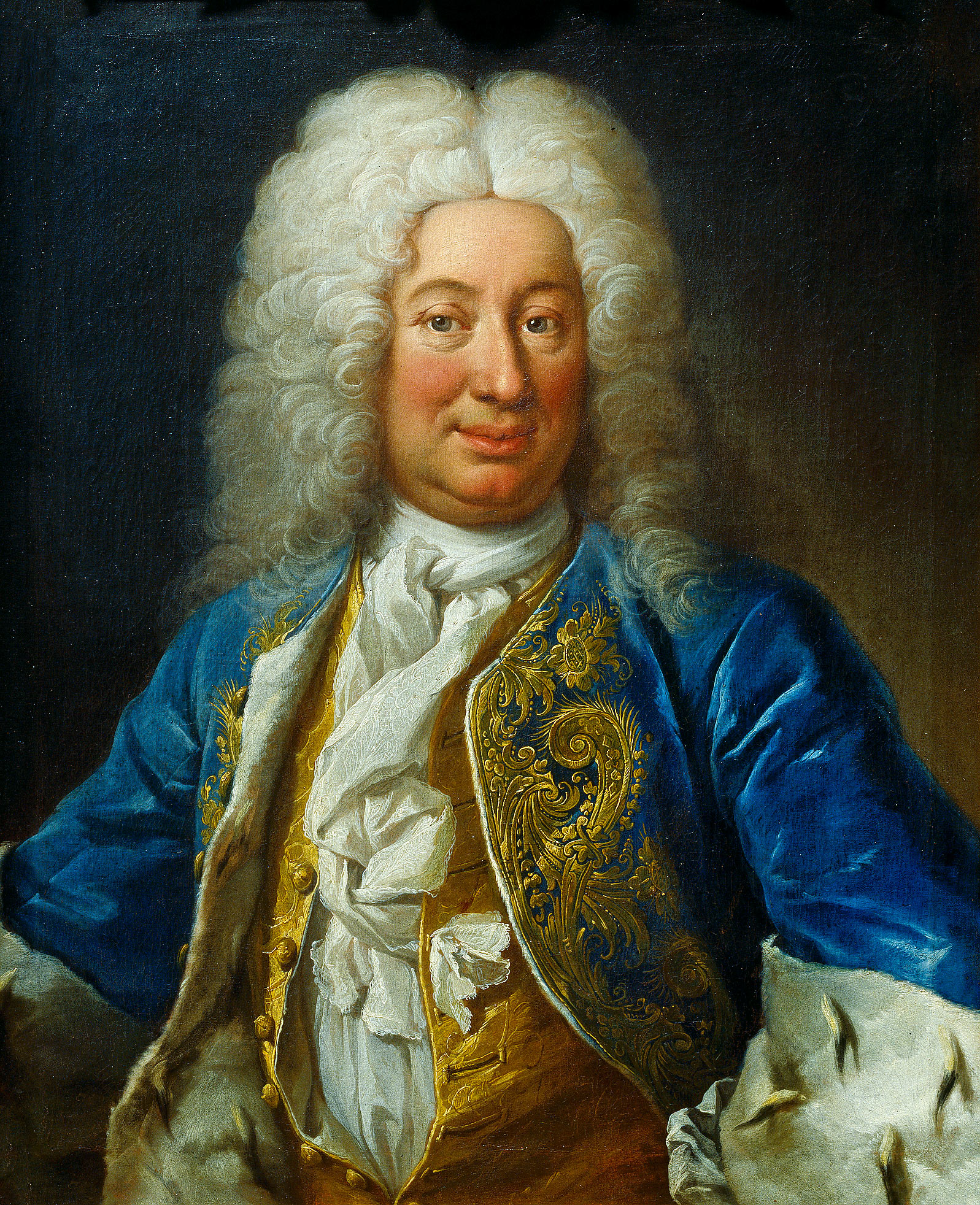Sweden's Coffee Ban
I recently quit coffee. And I love coffee. But I quit the bean to ease my migraines (working so far). Around the same time I tore through Stieg Larsson's Millennium trilogy and was struck with the sheer volume of coffee the girl with the dragon tattoo, Mikael Blomkvist and friends drank while seeking revenge and doing investigative journalism. It made me wonder... Do those long Scandinavian nights require insane amounts of coffee? Were all the coffee breaks taken by Lisbeth Salander a mere literary crutch?
Rooney Mara as The Girl with the Dragon Tattoo in David Fincher's 2011 film
The answer to these questions can be found in the 18th century when Frederick I, the king of Sweden from 1720 to 1751, banned coffee in his kingdom. Coffee had first arrived in Sweden in the late 17th century, and by 1746 Fred decided he needed to tax the import. He taxed coffee paraphernalia and tea as well.
Fredrick I c. 1730
According the The World of Caffeine: The Science and Culture of the World's Most Popular Drug by Bennet Weinberg:
“A heavy tax was levied on the users of the temperance drinks,
and the failure of coffee and tea drinkers to confess themselves and pay the
tax resulted in a heavy fine and ‘confiscation of cups and dishes,’ seizure of
the paraphernalia supporting the use of these psychoactive intoxicants. Later
that year any use of coffee was made illegal in Sweden. As alcohol prohibition
in the United States was to do in the 1920s, the Swedish coffee prohibition
engendered a flourishing bootlegging trade. Penalties against coffee drinking
were made even stricter in 1766 [under King Adolf Frederick who reigned from 1751-1771], but the flow of beans into Sweden continued…
The outcome of this royal experiment had little effect on social policy."
Adolph Frederick's heir, Gustave III, sought to prove the health dangers of coffee through science. According to The Infinite Emotions of Coffee by Alon Y. Halevy, Gus conducted Sweden's first clinical trial when he commuted the death sentence of identical twins on the condition that one would drink three pots of coffee every day and the other the equivalent amount of tea. The physicians who monitored their health passed away long before the subjects of the study who both lived into old age, the coffee drinker outliving the tea drinker by several years.
"After switching from prohibition to a program of high taxation, Sweden’s regent [by this time Gustav IV who reigned from 1792 to 1809] again attempted to reimpose a coffee ban in 1794. This effort was renewed, without success, again and again until the early 1820s, after which Sweden’s government finally acceded to the will of her people. Ever since, Sweden’s per capita coffee consumption, and, correspondingly her per capita caffeine consumption, has been among the highest in the world,” (op. cit., Weinberg).
Adolph Frederick's heir, Gustave III, sought to prove the health dangers of coffee through science. According to The Infinite Emotions of Coffee by Alon Y. Halevy, Gus conducted Sweden's first clinical trial when he commuted the death sentence of identical twins on the condition that one would drink three pots of coffee every day and the other the equivalent amount of tea. The physicians who monitored their health passed away long before the subjects of the study who both lived into old age, the coffee drinker outliving the tea drinker by several years.
Gustav III
"After switching from prohibition to a program of high taxation, Sweden’s regent [by this time Gustav IV who reigned from 1792 to 1809] again attempted to reimpose a coffee ban in 1794. This effort was renewed, without success, again and again until the early 1820s, after which Sweden’s government finally acceded to the will of her people. Ever since, Sweden’s per capita coffee consumption, and, correspondingly her per capita caffeine consumption, has been among the highest in the world,” (op. cit., Weinberg).
Read about four other historical attempts to ban the bean here.
Incidentally, I just finished The Coffee Trader by David Liss, the author of The Whiskey Rebels. This fascinating work centers on the nascent coffee trade in 17th-century Amsterdam and the Portuguese Jews who escaped the Spanish inquisition to make a living trading commodities in the tolerant Dutch Republic. If you liked The Whiskey Rebels, I recommend it!
Copyright 2012 Antiquarianation All Rights Reserved





Comments
Post a Comment